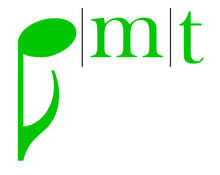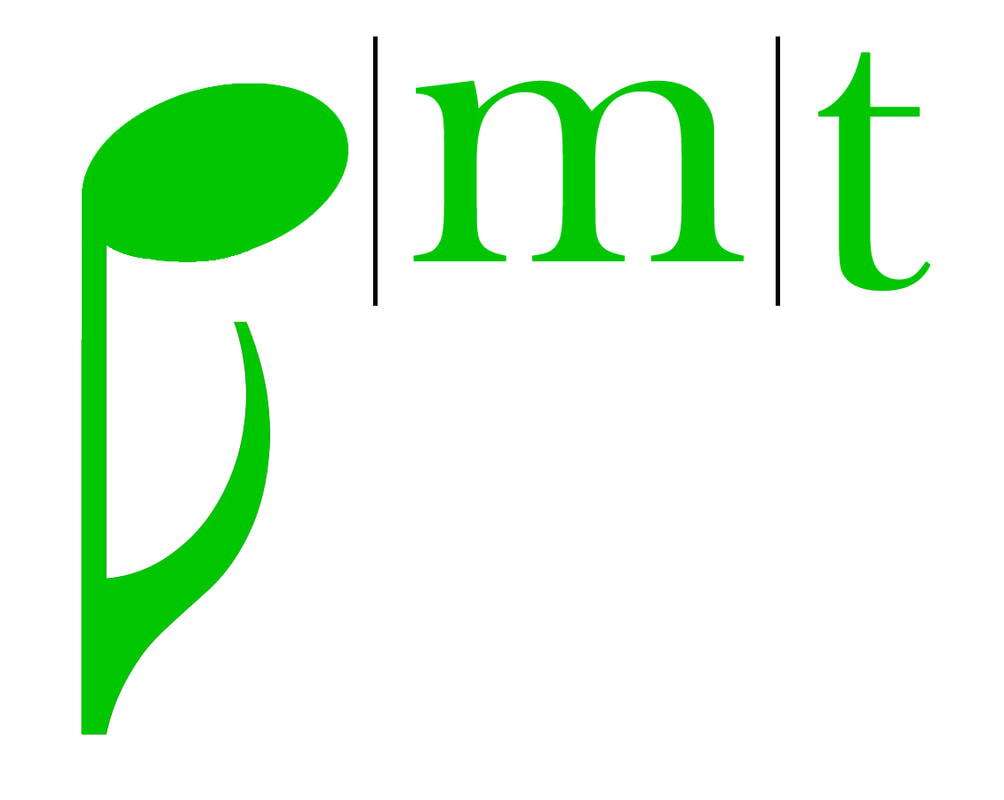Written by Kate W., MT InternThis is my third month of a University Affiliated Internship with Queens University of Charlotte. What does it take to become a music therapist? While the journey is different for everyone aiming to receive this credential, the American Music Therapy Association (AMTA) regulates many aspects of the process through education, internship, board certification, and continual professional training.
I chose to begin at a community college, where I received my Associate's Degree in Fine Arts in Music and Music Education, with my primary instrument being guitar. Here I received extensive training in music theory, aural skills, music history and private lessons in both guitar and piano. I was also able to complete almost all of my general education courses – things such as math, English and science. Next, I needed to find a college with an approved program in Music Therapy. In North Carolina, there are three choices – Eastern Carolina University, Appalachian State University, and Queens University of Charlotte. I chose Queens for many reasons, but mainly I appreciated the small, intimate class size and individual attention that students receive from professors. Since I had completed many preliminary music courses, Queens was able to offer me what is called an equivalency program, where they factored in my previous education and built a plan for me to receive a bachelors degree in music therapy and minor in psychology in under three academic years. My main focus for these semesters was completing practicum hours both in the on-campus clinic and at contracted facilities throughout the community. This is where students work directly with clients of varied populations in one-on-one and group settings, under the supervision and guidance of a board certified music therapist. After completion of all coursework and clinical hours for the degree, music therapy students must complete a clinical internship, usually consisting of six months of full-time work, again under the supervision of a board-certified music therapist working full-time in the field. Overall, we end up with at least 1200 hours of clinical training under our belts by the time we complete our education. After this, we are able to sit for the music therapy board certification exam, which will give us the MT-BC credential when passed. At this point in my internship, I am transitioning from observing sessions to leading interventions and I look forward to planning and implementing complete session plans in the coming months. My favorite thing about working with Piedmont Music Therapy is the wide range of clientele I have the opportunity to work with, from children and teens with developmental disabilities, to older adults in memory care, to individuals in addiction recovery. I love seeing firsthand how versatile music therapy is and how different music therapists connect with their clients.
0 Comments
Your comment will be posted after it is approved.
Leave a Reply. |
PMTProviding music therapy services for early childhood to older adults, music instruction and enrichment plus continuing music therapy education in Greater Charlotte Area of the Carolinas. Archives
May 2024
Categories
All
|
Piedmont Music Therapy is a 501(c)(3) status organization.
Piedmont Music Therapy accepts donations via venmo @piedmontmusictherapy or any amount through QuickBooks. Contact us to arrange an electronic pledge!
Main Location |
|


 RSS Feed
RSS Feed
